Telecom Bill Audits
Uncover hidden fees and optimize your telecom costs with a comprehensive audit from URS, ensuring accuracy and savings for your business.
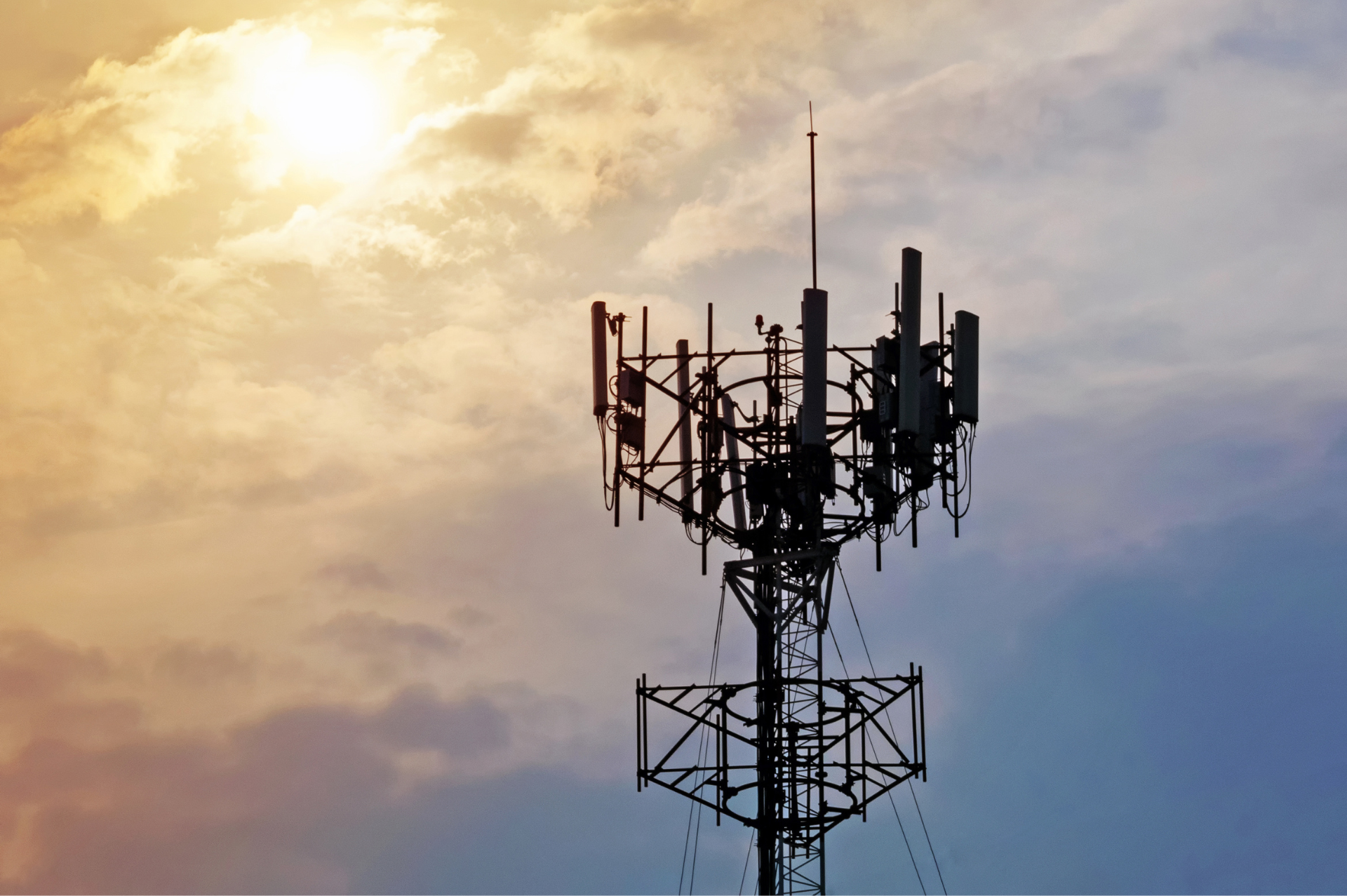
What Is A Telecom Audit?
A telecom audit from Utility Refund Solutions (URS) is a detailed review of your business’s telecommunications bills, designed to uncover overcharges, hidden fees, and opportunities for savings. URS’s experienced team analyzes everything from billing codes and rate plans to taxes and surcharges, ensuring you’re not paying more than necessary. Once the audit is complete, we’ll provide a clear summary of findings and recommend actionable steps to reduce future telecom expenses. With a no-results, no-fee model, you only pay if we save you money.
What We Audit
Rate plans
We check to ensure you’re being billed under the correct rate plan, preventing overcharges.
Contract terms
We identify outdated agreements and renegotiate terms to match current market rates.
Duplicate charges
Our audit identifies duplicate charges that may be inflating your telecom costs unnecessarily.
Unused services
We uncover charges for unused services or lines, helping eliminate wasteful expenses.
Misapplied fees
We verify all fees to ensure none are incorrectly applied to your telecom bills.
Data usage
We analyze data usage charges to prevent overbilling for data you didn’t use.
Surcharges & tax
We ensure surcharges and taxes are correctly applied to prevent excess payments.
Errors for equipment
We check for incorrect billing on telecom equipment and devices, securing refunds when applicable.
Tariffs
We verify that the right tariff rates are being applied to your telecom bills, preventing excess charges.
Call waiting
We review charges for call waiting services to ensure you aren’t paying for features you don’t use.
911 fees
We verify that the correct 911 fees are being applied to your telecom bills, preventing overpayment.
Accounting errors
We identify and correct any accounting errors in billing to ensure your telecom expenses are accurate.
Our Process
Our streamlined telecom audit process uncovers hidden overcharges and savings opportunities, ensuring your business maximizes cost efficiency with minimal effort.

Authorize The Audit
Provide Us With Access
We Get To Work
Findings Summary
Implementation
Examples
In this example we reviewed the telecom invoices for a large hospital in Michigan. While comparing contracts to invoices and services, we determined that the client was not receiving the rates he had contracted for. The contract was made up of USOC’s “Universal Service Order Codes” that the client did not understand. When we compared the USOC’s to the invoice, we determined that they had reverted to tariff rates, which were much higher than the contracted rates. However, they still should have been receiving the contracted rates. When we brought this to at&t’s attention, they only wanted to give the client six months credit, stating that this was a billing dispute. We argued that this was a breach of contract and were able to get them the full amount of over two years’ worth of over payments.

In the next example, you’ll see a telecommunications audit example from start to finish.
It will give you a good idea of what to expect from us. This example is from a multi-location service business with six locations.
They have one voice invoice covering all of their locations with sub-accounts.
They also have several point-to-point data circuits covering all of their locations.
This telecommunications audit example will cover the point-to-point data circuits.
Step 1:
We gathered all of the clients invoices, customer service records, and contracts. The letter of authorization (loa) on the clients letterhead allows us to gather additional information and make inquiries to the carriers on the clients behalf.
Step 2:
We went through the clients invoices, contracts, and csr’s looking for any discrepancies.A copy of a csr is shown below. Names and numbers have been blocked out to protect the clients privacy.
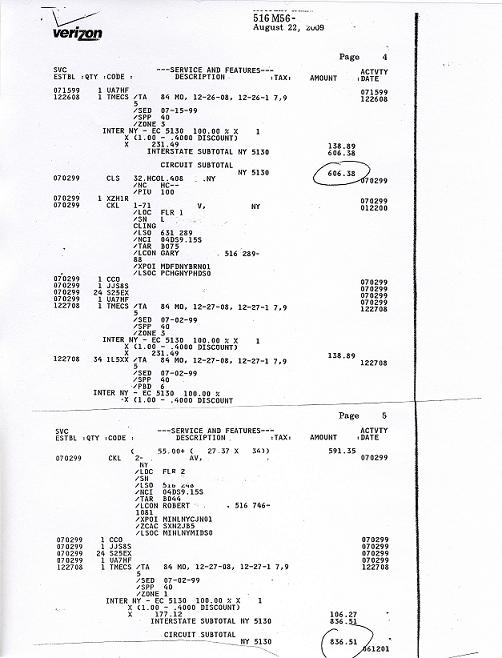
We don’t expect anyone to fully understand what they are looking at, but want to point out two things:
1. Notice that there is CKL-1 on page 4 and CKL-2 on page 5. These show the two ends of the circuit.
2. Notice the amounts circled on page 4 and page 5. We will have more on that later on.*
Our initial review of the data circuits did not reveal any discrepancies. The invoices were billing correctly compared to the csr’s and the contracts. The customer was getting the mulit-year discounts they were entitled to, any exemptions were in place, etc.
However, because they had so many point-to-point circuits, we decided to map it out to get a better idea of what they had and a clearer picture.
The circuit layout map is shown below:
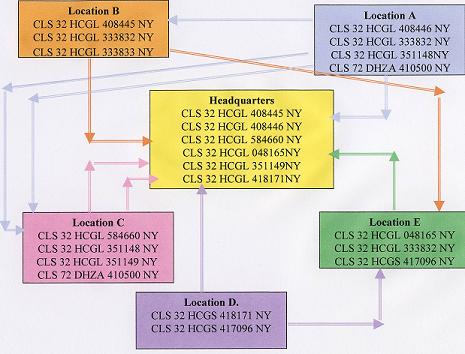
After mapping out the circuits, a couple of things stood out.Each location had one point-to-point circuit connections to at least two other locations.
However Location C had two circuits going to Location A and two circuits going to Headquarters.
The fact that these two locations were different from the other locations stood out. It actually sent up a red flag.Why were there two circuits going to the exact same locations at these sites?
So, we performed a physical inspection.
We sent technicians to the locations to take inventory.
At Location C, we discovered something very interesting.
The client had moved their offices across the street to a new building. They still owned both of them, but the original one was being used in a different capacity. We did not locate the two circuits from the original building.
When they moved across the street, the IT department ordered two new circuits to replace the circuits in the original building. Once the circuits were installed the IT department put an order in to disconnect the two original circuits.
At location A and Headquarters, we did not locate the other ends of each circuit. In fact, one location had the circuit ID crossed out in pencil in the phone room where it was once located.
Here is where the billing error occurs…
*Do you remember where we showed you the amounts circled on pages 4 and 5? Well, those circles are not from us, they are from the clients accounts payable department.
The IT department canceled the two old circuits when the two new ones were installed at the new building. The IT department did not communicate this to Accounts Payable.
Accounts Payable method of checking the invoices before sending out payment was to compare this months invoice to the previous months invoice. Since these were fixed circuits, the pricing was the same every month.
Accounts Payable did not know these circuits were canceled and continued to pay the invoices because the pricing was still the same. IT had no clue that the invoices were still being paid because the circuits were physically disconnected.
As a result of this over billing error that had gone on for about two years, Verizon issued refunds on both circuits.
The first refund in this telecommunications audit example was for $18,000+
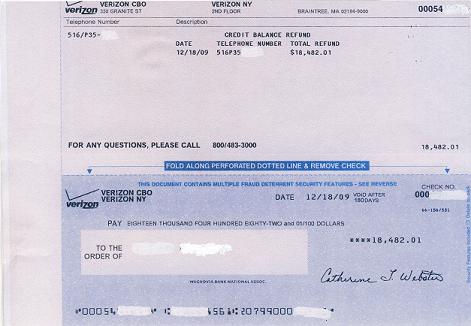
The second refund in this telecommunications audit example was for $30,000+
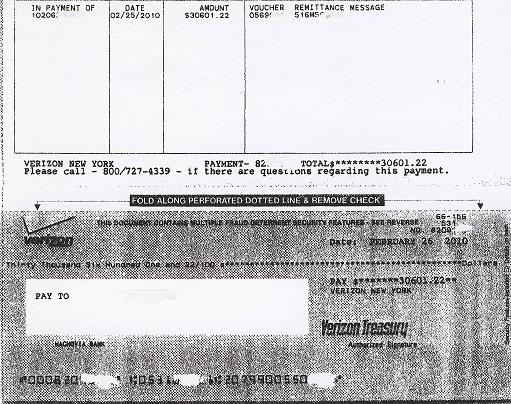
After the two circuits were removed from billing, the new circuit layout looked like this.
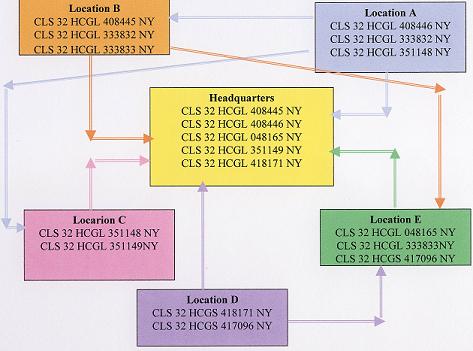
This telecommunications audit example shows something that happens every day.
When companies have multiple locations or many invoices, it is easy for them to lose track of what they are paying for.
That is why it is always beneficial to have a telecommunications audit performed every couple of years.
When it is performed on a contingency fee basis, it is a win-win situation!
CALL 877-2-REFUND (273-3863) OR USE THE FORM BELOW TO CONTACT US!
Contact us today
Take the first step toward recovering your hidden refunds—complete the form today for a free, no-obligation audit of your utility and telecom bills, and let our experts uncover savings you didn’t even know you had.




